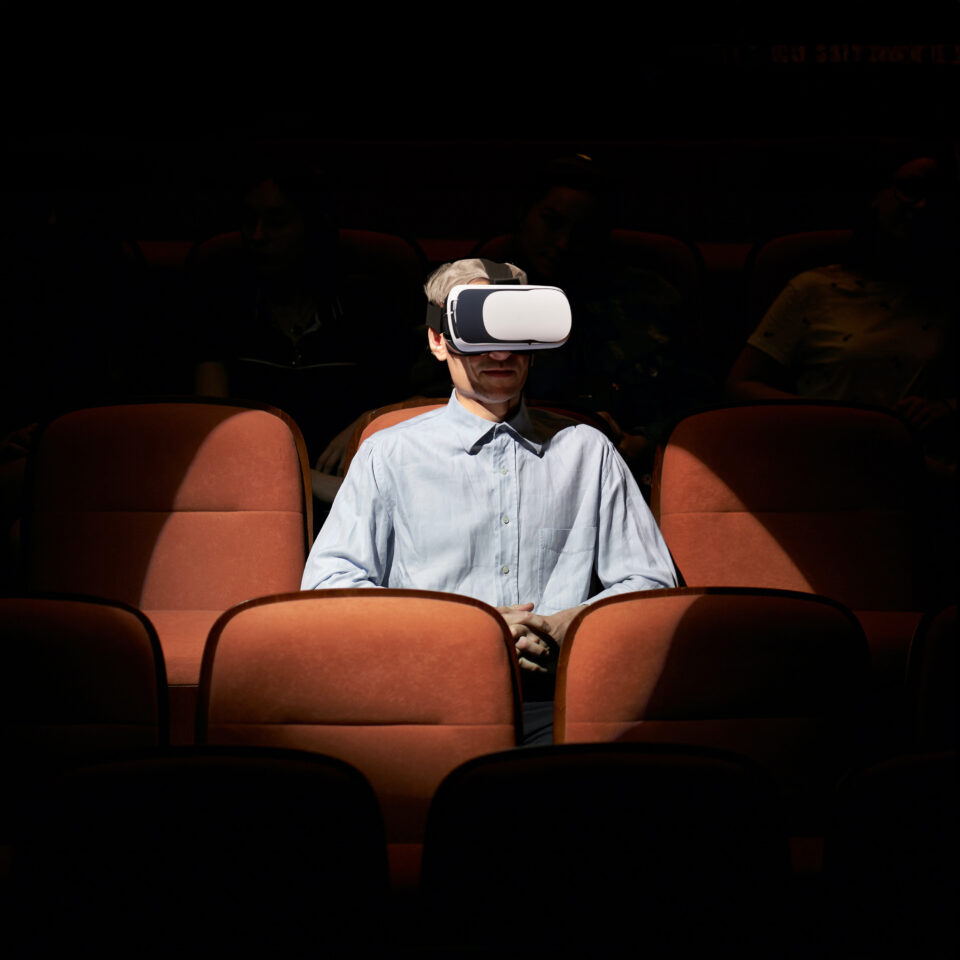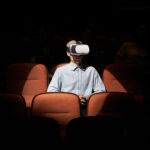Measuring OOH impact has always been a bit like trying to guess the number of grains of sand on a beach. We used technology to change that.
The Electric Factory ‘Labs’ team is dedicated to finding innovative solutions to some of our industry’s more intractable problems. Recently, that meant finding a way to make OOH measurement as accurate and sophisticated as anything in the modern marketer’s arsenal. But how do you take an industry that for centuries was about big bits of paper and a lot of glue, and give it a digital makeover?
Say hello to computer vision algorithms
In the old days, people used to rely on things like travel surveys and census data to try to guesstimate how many people might be driving past a billboard displaying your advert. Today’s more accurate version of this relies on tracking mobile location data. But the most efficient measurement of all, would be if the OOH could simply tell you how many people had passed by that specific location and who they were. Now OK, a talking OOH might sound a little far-fetched, but in fact that’s exactly what we were able to create through the use of computer vision algorithms.
Vision algorithms are a set of instructions which allow a computer to interpret and understand visual information from the world around it. In other words, they give an inanimate object like a billboard the ability to ‘see.’ And as you’ll discover, that can be pretty powerful.
How do they work?
Let’s imagine we’ve got an OOH campaign running at a site positioned next to a busy road. In order to gather the information we need about our campaign’s performance, the computer vision algorithm works in three stages: detection, recognition and tracking:
Detection: First, the algorithm uses various machine-learning techniques to identify objects that we’ve instructed it to consider ‘relevant’ based on things like colour, shape and size. In this case, vehicles.
Recognition: Next, the algorithm runs a recognition check on the object it has identified. This allows it to determine the make and model of vehicle it is looking at and how many passengers are inside.
Tracking: Finally, the algorithm uses motion tracking software to plot the direction of travel of each vehicle. This gives us the context for how the ad was seen i.e were our customers arriving or departing the town, were they headed to or from the mall etc…
What does that mean for measurement?
Combine all of the above insights together and an OOH provider is suddenly able to tell an advertiser exactly how many individuals saw a given advert, their gender, their socio-economic level and more. Data points that would be incredibly powerful on their own, but become vital when we consider the changing nature of OOH pricing.
A game-changer for programmatic buying
As OOH advertising evolves, we’re seeing a steady transition from the traditional ‘time slot’ pricing plan to a much more programmatic offering in which advertisers are charged per impression. This means that being able to accurately quantify the number of impressions an ad has received from a given demographic through vision algorithms will fast become a necessity for all OOH providers.
Greater strategic insight
With this new technology, you’ll now be able to check the reach, impressions and CPM of an outdoor campaign in an instant, allowing you to compare apples with apples across your offline and online media spend. A new level of detail which will transform your OOH campaign planning and ensure you are putting those valuable marketing dollars where they will have the most impact.





